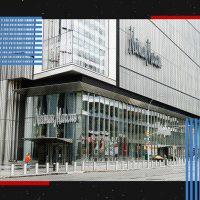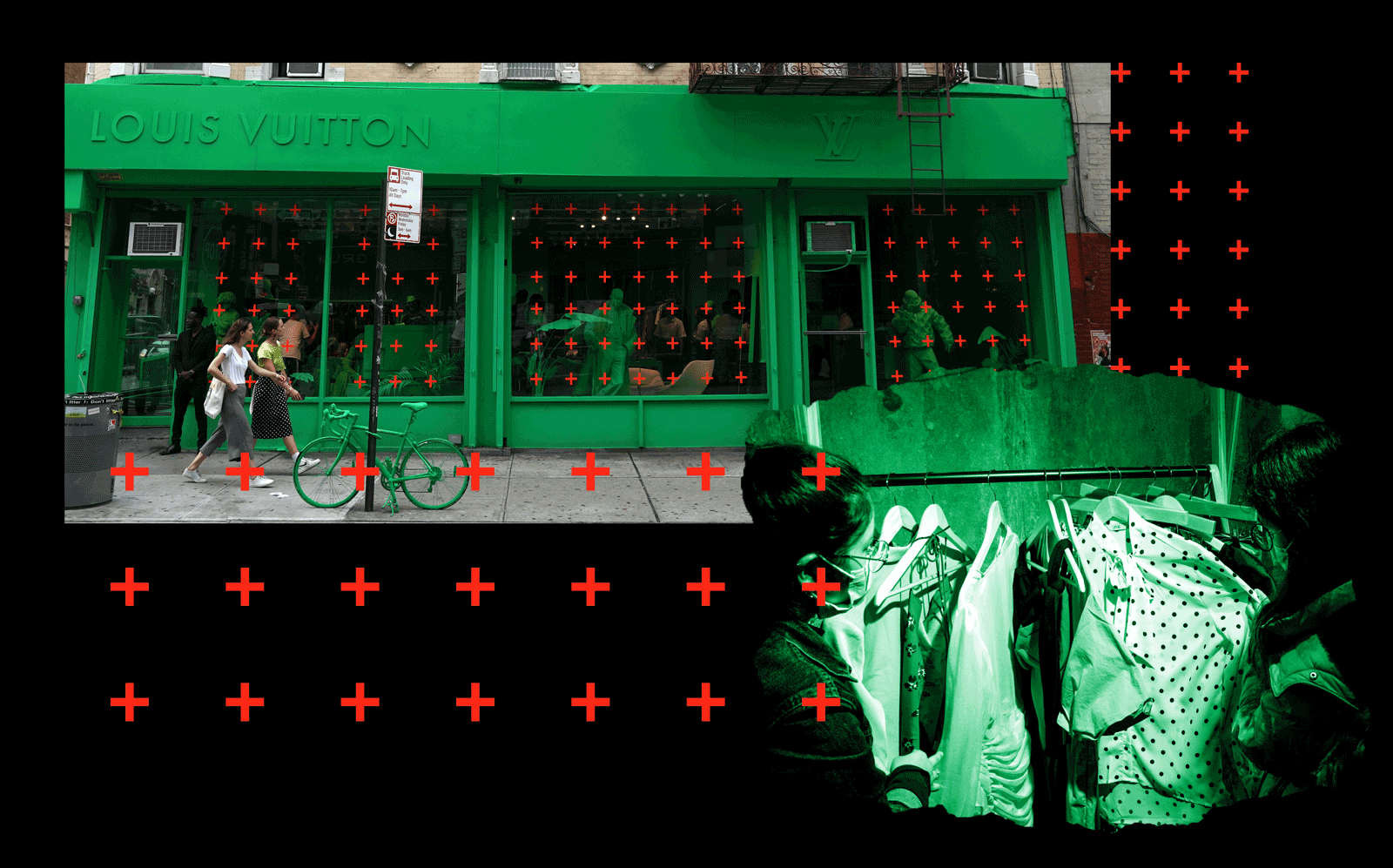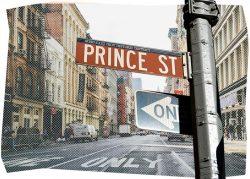 Neiman Marcus committed to 50 years at Hudson Yards. It lasted 16 months.
Neiman Marcus committed to 50 years at Hudson Yards. It lasted 16 months.
Trending
Pop-ups offer potential lifeline to luxury streets
Hesitancy on short-term leases fades for landlords filling vacancies

Madison Avenue is known for high-end shops and advertising agencies, not pop-up retail.
But as the saying goes, any port in a pandemic.
The business improvement district for the famous corridor, which hosted a modest eight pop-ups last year, has now created a template for short-term licenses.
“The idea behind doing this is to try to make this process as simple as possible, especially given the pandemic,” said Matthew Bauer, president of Madison Avenue BID.
Although pop-ups have been a thing for a while in the city, some landlords — especially those partial to leases of 10 years or more and eight-figure dollar values — have historically been wary of short-term deals. But many have grown more willing as vacancies proliferate and a second wave of Covid threatens the market.
Pop-ups have become increasingly popular in recent years. Consumer spending in temporary Halloween stores alone last year totaled $8.4 billion, 70 percent more than 10 years earlier, according to a report by Cushman & Wakefield. Spirit Halloween opened more than 1,400 storefronts nationwide this year. But pop-ups are a year-round phenomenon.
Read more
 Neiman Marcus committed to 50 years at Hudson Yards. It lasted 16 months.
Neiman Marcus committed to 50 years at Hudson Yards. It lasted 16 months.
 Manhattan retail asking rents fall to nine-year low
Manhattan retail asking rents fall to nine-year low
 Spirit Halloween reawakens to cannibalize stores
Spirit Halloween reawakens to cannibalize stores
For several reasons, pop-ups will never be a first choice for landlords. Although temporary users require less build-out than typical tenants, it can be uncertain whether they will graduate to a long-term lease or if their presence will deter another retailer from signing one. Landlords also worry that the arrangements might pose problems for their mortgage.
“There’s a concern that it’s going to be administratively more difficult on them. There’s concern that, of course, they would rather have a credit-worthy, long-term tenant in place because of how that impacts whatever their relationship is with their lender,” said attorney Laura Brandt, who drafted the Madison Avenue templates. “So that I think there is still that remaining hesitancy.”
But times are changing by necessity, said Brandt, head of an eponymous law practice.
“There’s going to need to be more flexibility if these property owners don’t want to have vacant spaces,” Brandt said.
Asking rents across Manhattan’s 16 main shopping corridors fell 12.8 percent from a year ago to $659 per square foot in the third quarter, according to CBRE. That is the lowest level since the back half of 2011.
Even before the coronavirus, the rise of online shopping and a decrease in shopping sprees by wealthy tourists led some major brands to rethink pricey leases for New York City flagships. The pandemic has accelerated decisions to shut down or declare bankruptcy and left landlords with faint hope of filling vacancies with similar tenants.
That’s where pop-ups come in.
“We need to keep calm and carry on,” said Harris Bulow, the principal of Flagship Era brokerage. “And the way to do that is to have some appearance of occupancy.”
Pop-ups have other advantages. They can allow retailers to try a store location to which they are not quite ready to commit, possibly leading to a permanent location. They also provide more flexibility in a market with an uncertain future.
Still, landlords accustomed to monster leases can struggle to accept that renting out their space for a few months would help them.
“In many ways, it’s good for both parties, and I think that’s kind of a hard pill sometimes to swallow,” said Robert Burke, the CEO of an eponymous retail consulting firm.




